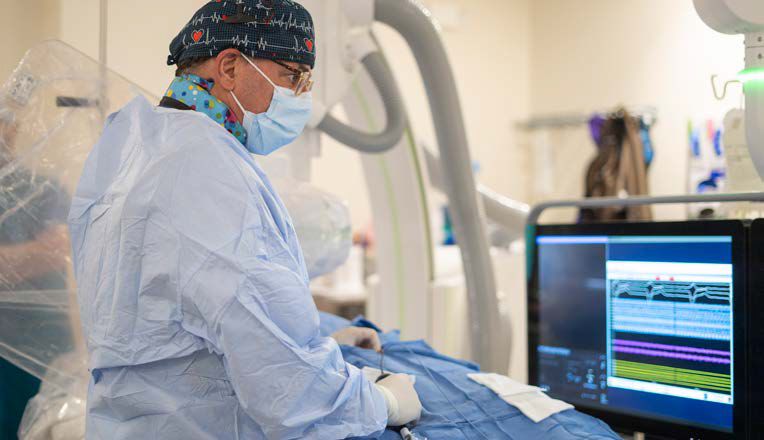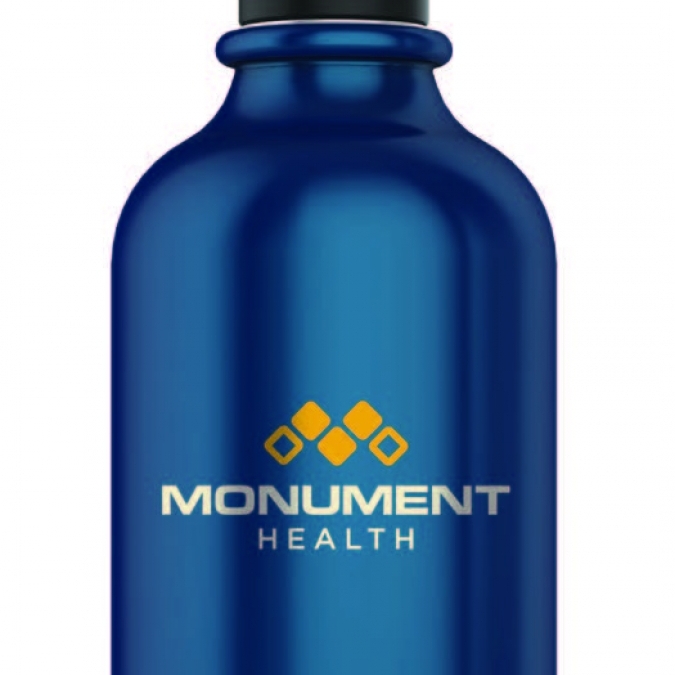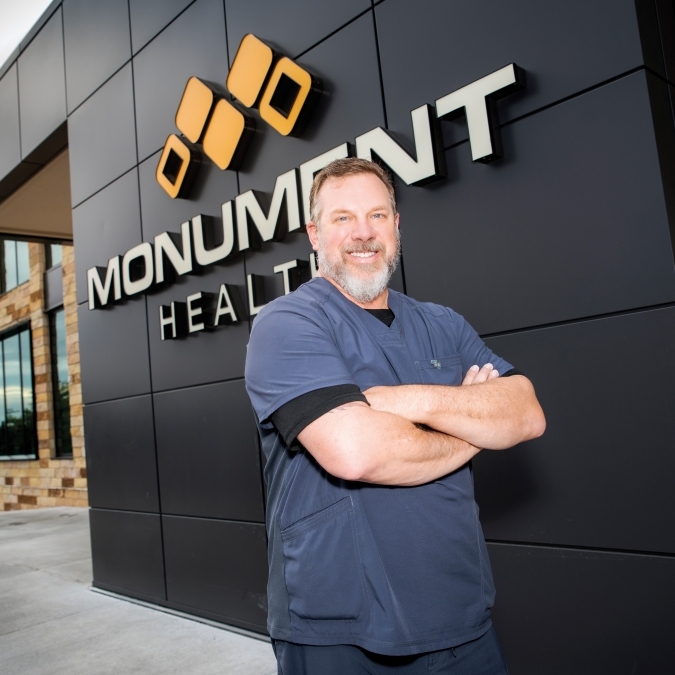Atrial fibrillation (Afib) is the most common heart arrhythmia. It is an irregular heartbeat that causes a chaotic, disorganized and very rapid rhythm in the upper chambers of the heart. Electrophysiologist, Saverio Barbera, M.D., takes a deeper look at Afib, and what to do if you suspect you are in Afib.
Are there different types of Afib?
We call the different types of Afib the three Ps of Afib. The paroxysmal phase of Afib is the earliest phase in which patients have brief irregularity of the heartbeat and it usually resolves itself in seven days or less. The second P – the persistent phase – happens when the Afib gets more advanced, leading to structural changes in the heart. Some patients have been in Afib for many years in a row and their atria (the upper chambers of the heart) have been scarred and stretched out. They are in the third P, what we would call permanent atrial fibrillation.
What are the warning signs of Afib?
One of the most common symptoms is that a patient often will feel weak or winded when exerting themselves. Another fairly common symptom is palpitations, which are feelings of an irregular heartbeat. Other symptoms can be dizziness or lightheadedness, and an overall general sense of fatigue.
What are the risk factors for Afib?
People often ask me – what’s the cause of my Afib? They hope we can tell them one definitive cause that almost never exists. It’s multiple factors. One of the most common and biggest factor is age. Your heart beats 100,000 times every day, and it can handle that for many, many years. But the parts that are moving start to wear and calcify with age to the point where they don’t function as well. The electrical system can start to falter. Other risk factors include obesity, sleep apnea and high blood pressure, which can all cause extra strain on your heart. Another big factor is alcohol consumption. Sometimes in atrial fibrillation patients we’ll see what is called “holiday heart.” Patients can actually just have too much holiday and their heart goes under strain during the hangover time when they are dehydrated, which can lead it into Afib.
How common is Afib?
Afib is the most common arrhythmia known, and it generally becomes more common as people get older. Approximately 10 percent of people over 70 have atrial fibrillation at some point in some form.
How is Afib treated?
The first thing when treating Afib is to evaluate the risk of stroke. Approximately 1 in 4 strokes are caused by Afib. Risk of stroke can be managed with blood thinners or an implanted device called a Watchman. A Watchman is placed in patients who are at risk of stroke but can’t handle blood thinners for a prolonged period. It is a screen that is implanted into the left atrial appendage to block the place where blood clots can come from, stopping strokes from happening. Once stroke prevention is addressed, then medication is considered in treating the patient’s heart rate. Sometimes, these things aren’t enough, or the patient doesn’t want to take all of the prescribed medication. We then look at the management of the patient’s symptoms by controlling the rhythm itself – getting the heart back into normal sinus rhythm. We can do a procedure called a cardioversion, which delivers quick, low energy electrical impulses to the patient’s chest, or an ablation, which uses small burns or freezes to help disrupt abnormal electrical signals.
If I know that I am in Afib, what should I do?
If you’re having chest pain, shortness of breath and are dizzy even lying down, you should get to the emergency room or call 911. If you are comfortable at rest, but notice an irregular heartbeat, call your doctor for evaluation of your condition.
What happens if Afib is left untreated?
Untreated Afib leads to a scarred and stretched left atrium. Often times with untreated Afib we see atria that have stretched to the point where any attempts at trying to maintain normal rhythm are medically futile. At that point, we attempt to control the patient’s heart rate. If the heart rate can’t be controlled, we can try AV Node Ablation. During this catheter-based procedure, we use heat energy to destroy a small amount of tissue between the upper and lower chambers of the heart (AV node). We often place a pacemaker at the same time to control the slow rhythm that’s created by the ablation of the AV node. And now we have little leaderless pacemakers that can be injected in capsule-form into the heart, so we don’t have to implant a device in the chest.
Can you safely monitor Afib with consumer-based wearable products?
Yes. The Apple Watch is terrific and can now automatically pick up atrial fibrillation. The Fitbit can also tell you that your pulse is irregular or rapid. The third device I recommend is called the Kardia, which my own mom uses. It is an electrode device that connects to an app on your phone. When you feel like your heart isn’t beating normally, you can put your fingers on the electrodes. An app will record the electrocardiogram in a person’s body by way of their fingertips, and then will store the reading as a PDF that can be sent to your doctor for evaluation.
What new procedures or technologies are available for treating Afib?
A procedure, new to Monument Health in 2020, is called the Convergent Procedure. This procedure is a collaboration between an electrophysiologist and a cardiothoracic surgeon. I collaborate with Charan Mungara, M.D. for this procedure, which is reserved for people who have very advanced Afib. Dr. Mungara completes the surgery portion first, in which he makes a small incision below the ribcage and uses an ablation tool to deliver electrocautery heat to the back of the heart where tissue that causes Afib is present. Approximately 30 days later, I perform the catheter portion of the procedure to touch up the areas that Dr. Mungara can’t reach. We meet halfway for the patient’s overall success and improvemt.



